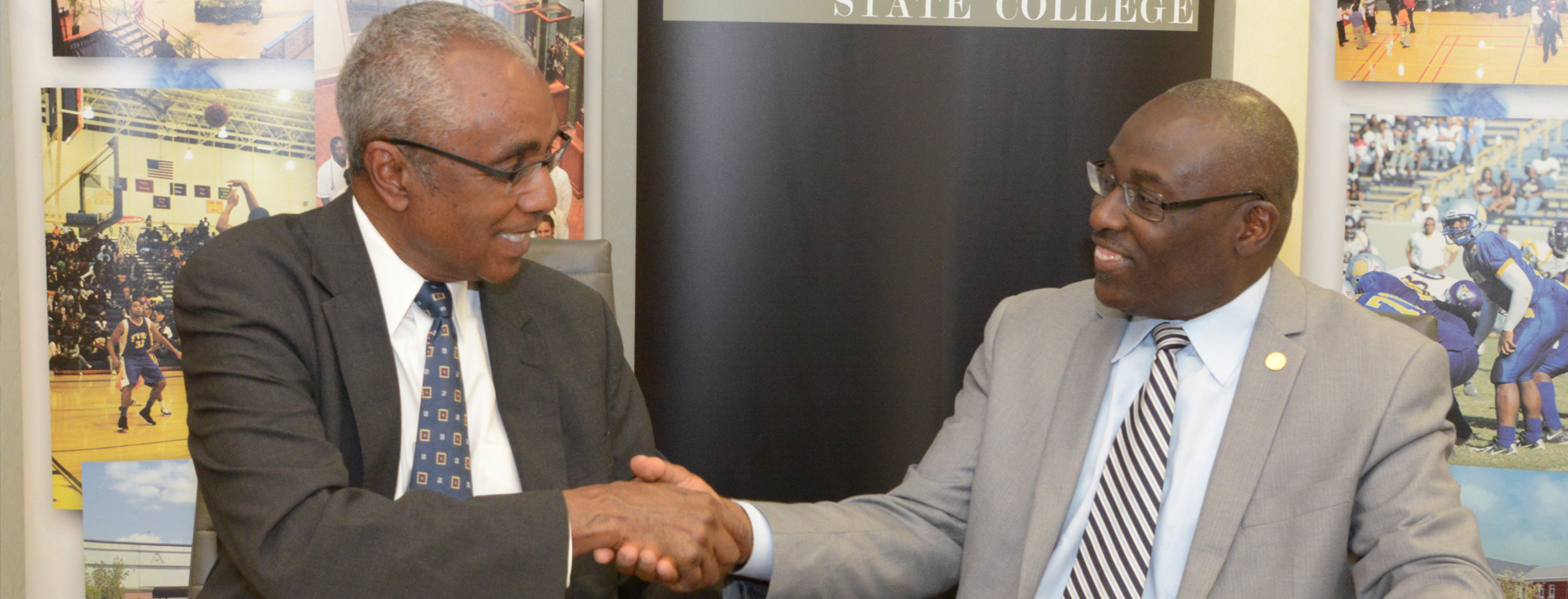FAQs

General Info.
Creating one university will strengthen the institution to better address enrollment challenges by developing specific, tailored programs and services that students and employers want and expect in the region and statewide.
Consolidation will enable the institution to respond to enrollment challenges by concentrating recruitment and retention resources in a single institution.
Consolidation does present an opportunity to better steward the combined financial resources for the long-term sustainable health of the newly consolidated Albany State University.
Reducing administrative costs and functions is a goal of consolidating institutions, but it will not be a quick process. It is anticipated it will take at least 18 months to implement the consolidation of the individual institutions and to properly calculate savings attained by the action. Savings will occur from decreased administrative costs and increased service efficiencies. Savings will then be reinvested for academic and instructional needs for students.
A decrease in the number of jobs will likely occur, but until details are worked out it is not possible to know how many or which ones. Certain administrative functions will be combined, resulting in the need for fewer positions over time.
Pending approval by the Board, we will immediately begin the consolidation review and implementation process. We will provide updates along the way. Timing of when the consolidation goes into effect is expected in 2017.
The process will be transparent and will heavily involve each campus but with final approval of all decisions residing with the Board. An institutional implementation committee will be formed, which will include representatives of faculty, staff and administration. It is expected the majority of decisions will be made at the institutional level subject to final approval by the Board. University System office staff will provide overall leadership to the implementation effort, but the campus committee will be identifying and recommending the resolutions for key issues. The committee will be formed and begin work immediately.
We plan to hold campus and community listening sessions to seek and hear input on the ways we can best design the new institution to serve Albany, the region and the state and to build on what is best in both institutions.
Both institutions’ presidents will be involved in the consolidation. A website for the consolidation will be set up to keep campuses and the community informed. The consolidation committee will have a chair, who will serve as the lead contact point for the committee. Shelley Nickel, Vice Chancellor of Fiscal Affairs, will serve as the point of contact in the USG office.
